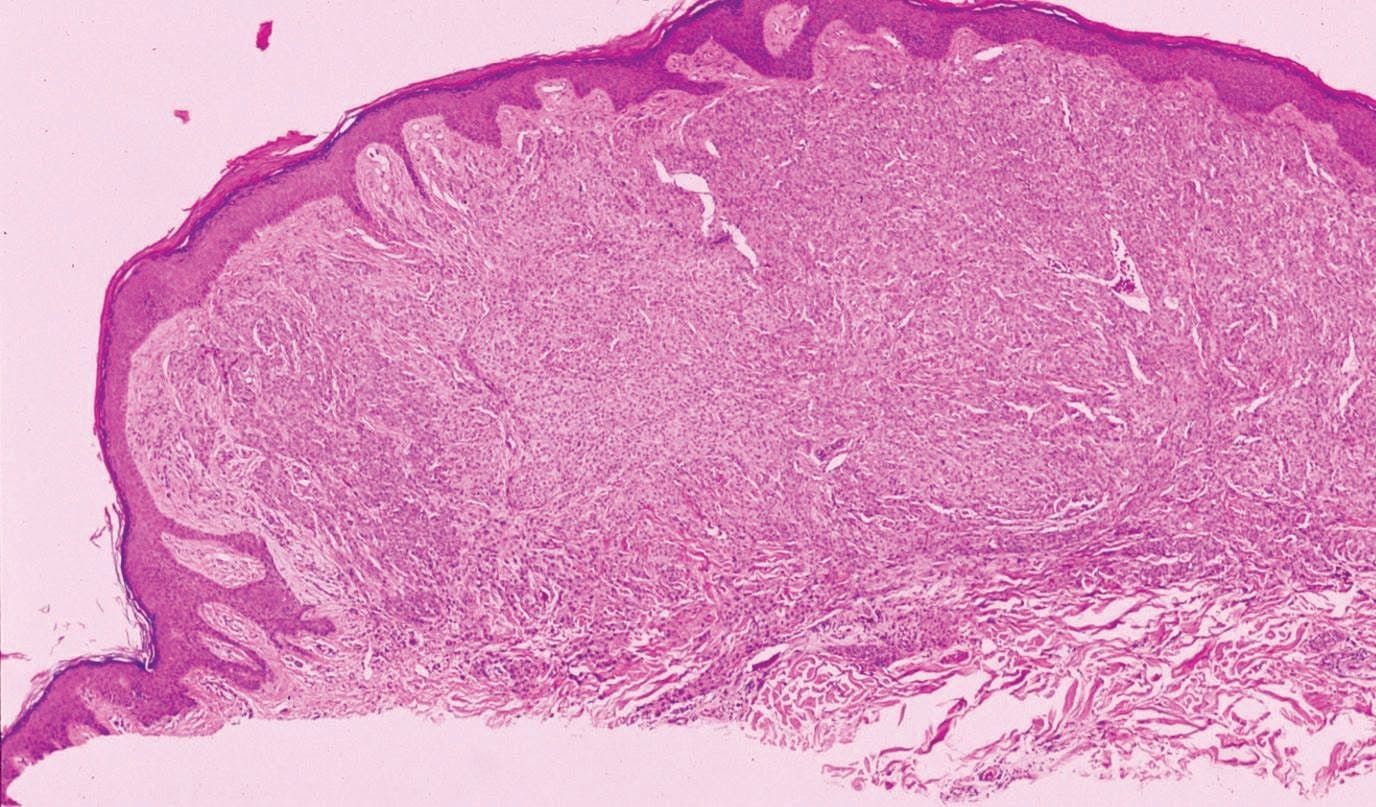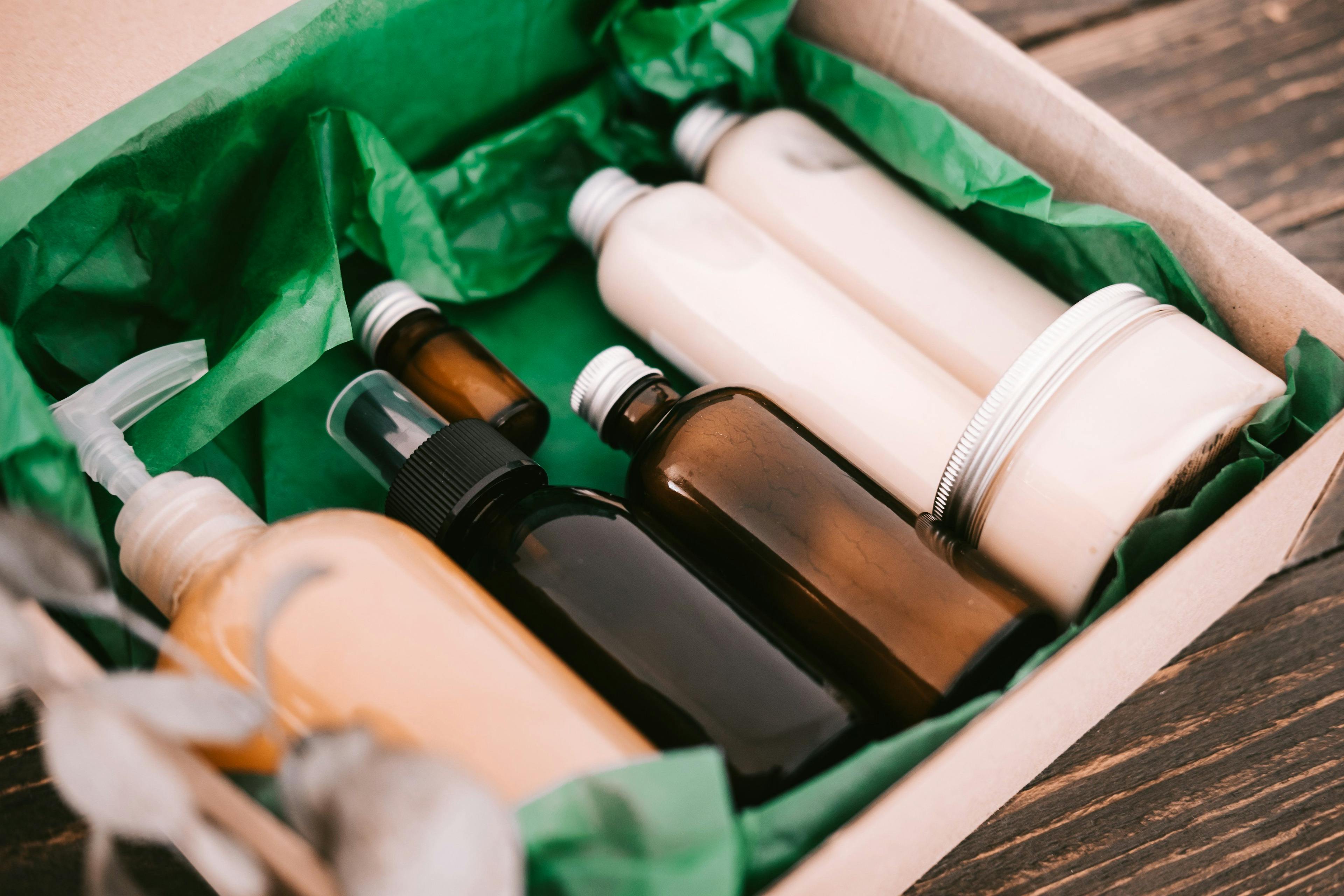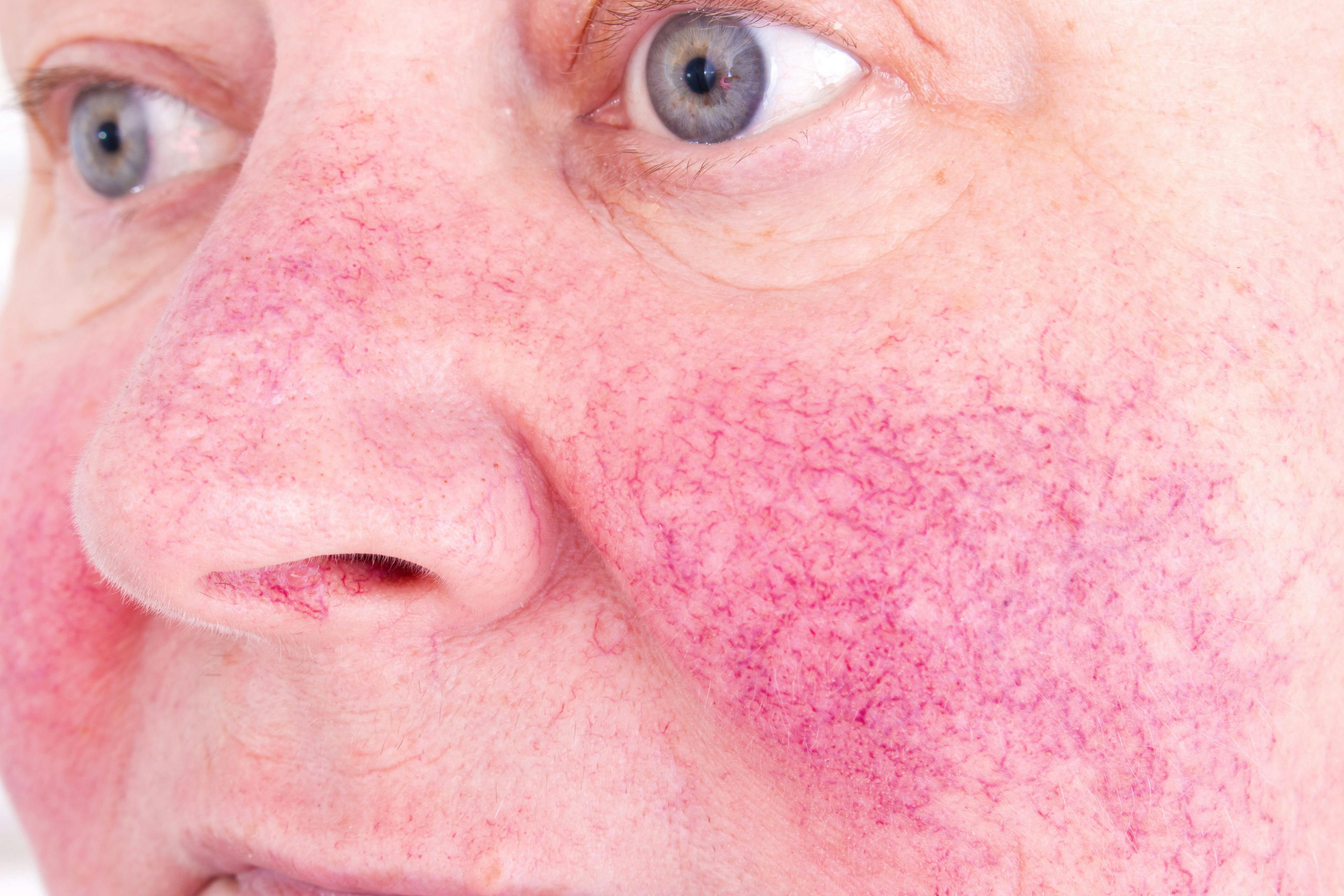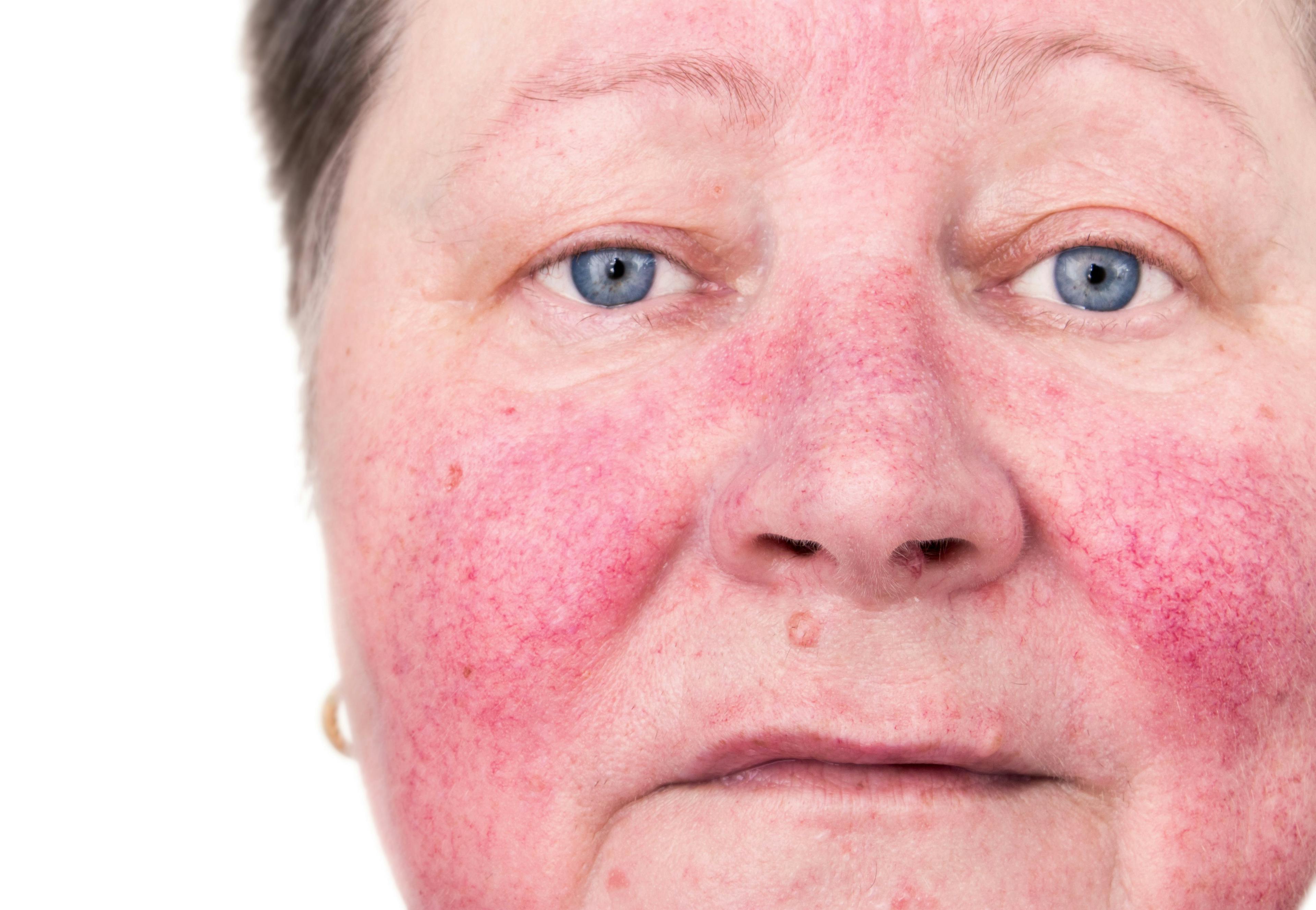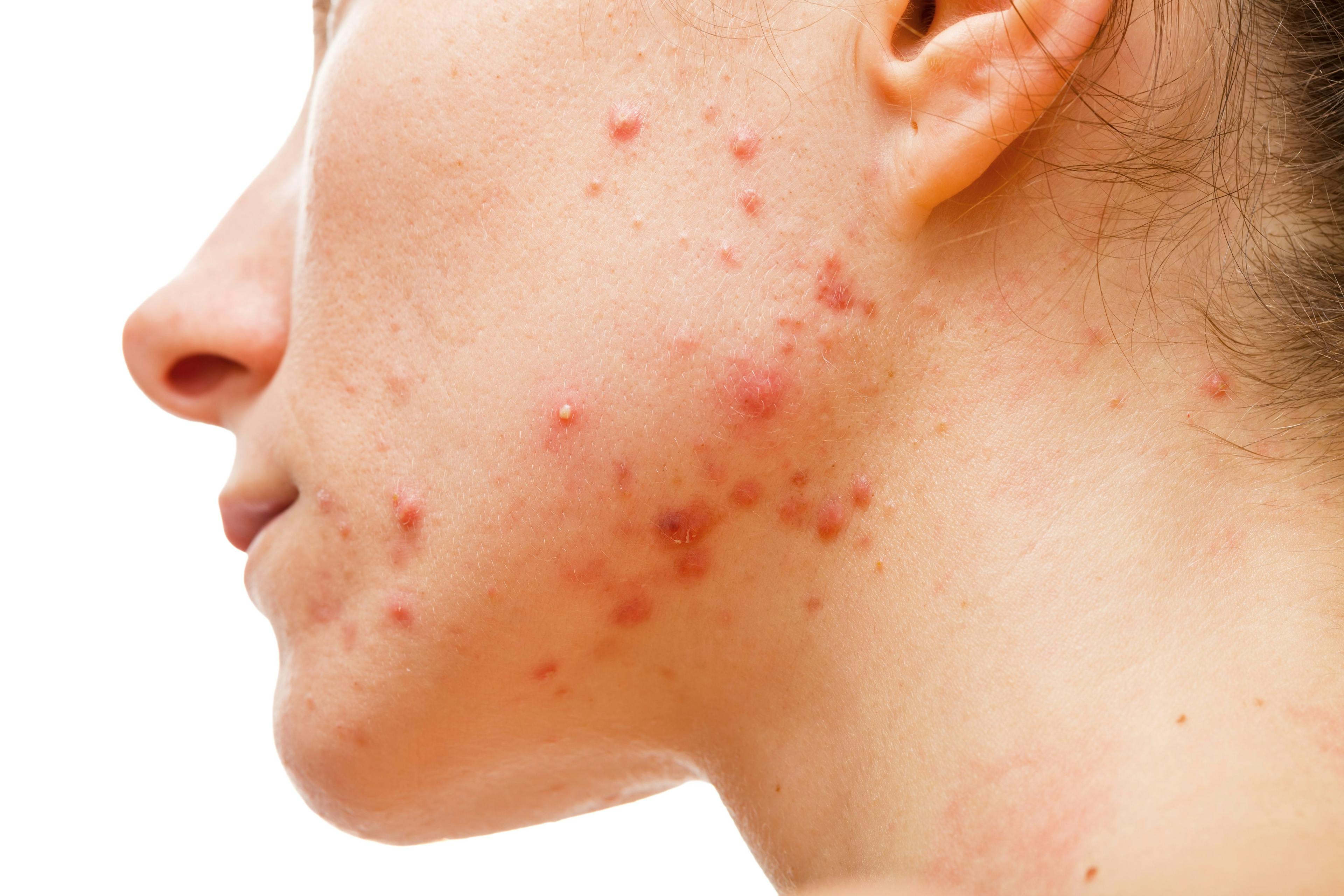- Acne
- Actinic Keratosis
- Aesthetics
- Alopecia
- Atopic Dermatitis
- Buy-and-Bill
- COVID-19
- Case-Based Roundtable
- Chronic Hand Eczema
- Chronic Spontaneous Urticaria
- Drug Watch
- Eczema
- General Dermatology
- Hidradenitis Suppurativa
- Melasma
- NP and PA
- Pediatric Dermatology
- Pigmentary Disorders
- Practice Management
- Precision Medicine and Biologics
- Prurigo Nodularis
- Psoriasis
- Psoriatic Arthritis
- Rare Disease
- Rosacea
- Skin Cancer
- Vitiligo
- Wound Care
Publication
Article
Dermatology Times
Advancing the science of skincare
Author(s):
Topicals aimed at reviving estrogen-deficient skin and warding off damage from UV rays hours after exposure, while repairing DNA, are among the new cosmeceutical innovations backed by science.
Dr. Cohen
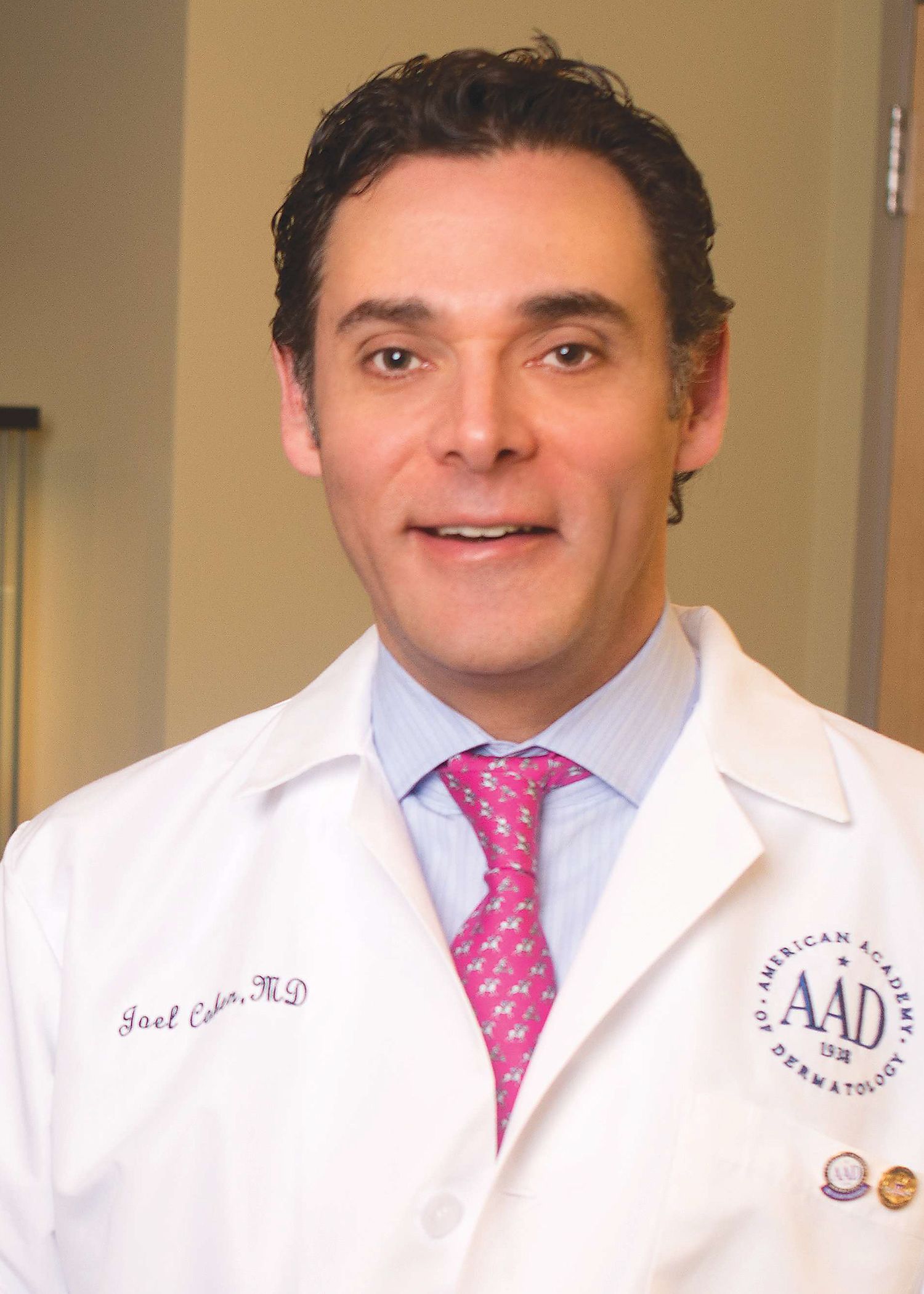
Dr. Gasiorowski
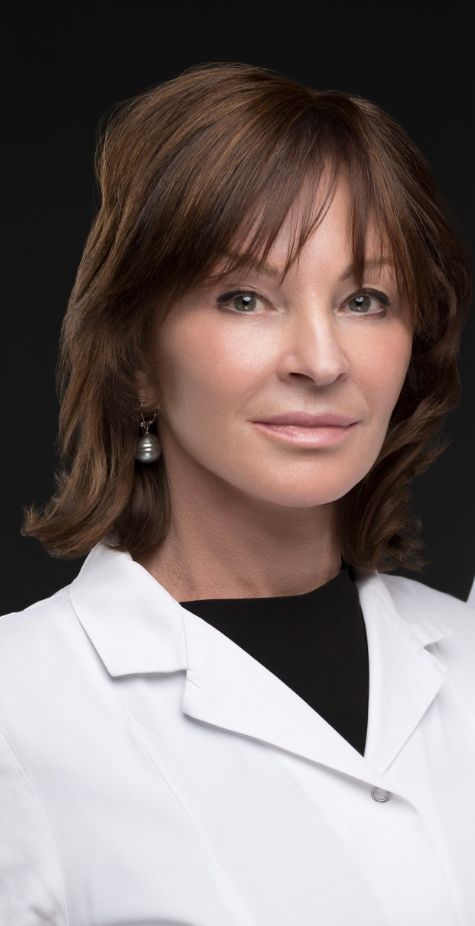
Dr. Grieshaber

Topicals aimed at reviving estrogen-deficient skin and warding off damage from UV rays hours after exposure, while repairing DNA, are among the new cosmeceutical innovations backed by science.
First up, is a novel skincare technology that targets estrogen-deficient skin.
Emepelle (Biopelle) Serum and Night Cream feature methyl estradiolpropanoate (MEP) technology, which has estrogen like cutaneous effects. Dermatologist Joel L. Cohen, M.D., conducted a not-yet-published 20-week open-label trial looking at using the daytime Serum and Night Cream products.
“By week 8, in my particular project, 91% of people felt they were more comfortable with the appearance of their skin; 50% or more reported improvement in many parameters, such as wrinkles, thickness, skin integrity, dullness, texture, hydration and even color,” says Dr. Cohen, director of AboutSkin Dermatology and DermSurgery, in Greenwood Village and Lone Tree, Colo., and associate clinical professor of dermatology University of California at Irvine.
Dr. Cohen’s study comes on the heels of research published last year by dermatologist Zoe Draelos, M.D. The paper includes results from safety study of 60 females ages 53 to 80 years who had been amenorrheic for at least 3 years. "The safety study showed that this active ingredient [MEP] is broken down by esterases into a completely inactive metabolite in the bloodstream,” Dr. Cohen says.
In a subsequent efficacy study of 80 patients that was published at the same time as the safety data, Draelos looked at applying only the MEP active ingredient in a 14-week study.
“In this efficacy study, there were no other actives to distract from the hero ingredient. She found significant improvement in many factors in the skin: 54% improvement in dryness; 39% improvement in dullness; 20% improvement in thickness; 19% improvement in laxity; 11% improvement in redness,” Dr. Cohen says. “Very interestingly, Dr. Draelos also biopsied a subset of those in this efficacy study and found increased number of estrogen receptors on the fibroblasts of treated skin."
Dr. Cohen references some previous work that suggests 30% of collagen is lost in the first five years of menopause but the skin effects start in peri-menopause.
Emepelle formulations offer more than estrogen receptor activation in the skin, as both the day Serum and Night Cream have been formulated with other ingredients.
“The serum formulation was designed for daytime use so it could be layered under sunscreen, and also contains potent antioxidants. It goes on really well. It was designed to be oil-free, so it's not an issue for patients who might be acne prone,” Dr. Cohen says. “The Night Cream has 0.1% retinol, peptides and various emollients. This is really designed as a comprehensive skincare regimen.”
Dr. Cohen says he uses Empelle’s products in practice, often using both for older patients. For more acne-prone patients who might prefer an oil-free product, he recommends the day Serum along with a dedicated stand-alone retinoid at night (or retinoid plus benzoyl peroxide).
Operation: DNA Repair
Dermatologist Michele Gasiorowski, M.D., of Greenwich Dermatology of Greenwich, Conn., says she believes DNA repair is one of the most important goals of skincare regimens.
She cites studies by Emanuele and Spencer that help to make that point: “An experimental double-blind irradiation study of a novel topical product (TPF 50) compared to other topical products with DNA repair enzymes, antioxidants, and growth factors with sunscreens: implications for preventing skin aging and cancer” and “From DNA repair to proteome protection: new molecular insights for preventing non-melanoma skin cancers and skin aging."
“They proved that combining DNA repair enzymes with antioxidants achieves a multiplicative effect. They were able to demonstrate the importance of protecting your genome and, even more importantly, to protect your proteome. Proteomes are the proteins that repair DNA damage,” Dr. Gasiorowski says.
Neova now produces a cosmeceutical product based on these researchers’ findings. That product, DNA Total Repair, includes DNA repair enzymes, antioxidants and a sunscreen, according to Dr. Gasiorowski.
“A study demonstrated more recently that when a UV photon is absorbed at thymine or cytosine, DNA photoproducts are typically created within picoseconds. DNA damage occurs mostly during the time of exposure. However, in melanin-containing cells, [cyclobutane pyrimidine dimers ] CPDs are generated for more than three hours post exposure, even in the dark, earning the name ‘dark CPDs.’ So the DNA damage continues for hours after exposure, which we were not aware of,” Dr. Gasiorowski says. “What Neova did was to create an after-sun repair cream that contains DNA repair enzymes, which is brilliant.”
Neova also markets a topical with the GHK copper peptide, called Creme De La Copper. Dr. Gasiorowski says it is a topical used in patients after laser procedures, microneedling and micro-channeling to promote healing. Interestingly, this topical also helps fibroblasts revive after radiation therapy, she says.
Sunscreen Innovations
As for sun protection products, additional environmental aggressors that cause skin damage is at the heart of innovations.
Colorescience recently launched Sunforgettable Total Protection product line with its patented EnviroScreen technology, formulated with patented triple coated minerals, zinc oxide and titanium dioxide, as well as ingredients to protect against highâenergy visible (HEV) light, infrared radiation and pollution. The product also soothes and hydrates skin.
“Together with the novel coated actives, these formulations are designed to nourish skin, protect against free radicals, and protect against UVA/UVBâinduced skin damage, air pollution, blue light and infrared radiation that contribute to skin damage,” according to a paper published May 2019 in the Journal of Cosmetic Dermatology.
“This is important because more research has shown that there are other environmental aggressors that cause skin damage,” says dermatologist Elizabeth Grieshaber, M.D., of Terezakis and Grieshaber Dermatology, Metairie, La. “A hot topic surrounding sun protection is the pending changes to the FDA Sunscreen monograph particularly around ingredient safety where they currently recognize zinc oxide and titanium dioxide as the only two ingredients which are Generally Recognized as Safe and Effective (GRASE) for humans and marine life. I almost exclusively recommend products with physical blockers to my patients. Traditionally physical sunscreens are not the most elegant cosmetically but Colorescience is changing this market.”
People with any skin tone, including Fitzpatrick V skin type, can apply the sunscreen without looking whiter, according to Dr. Grieshaber.
According to the dermatologist, 50% of the free radicals in skin come from visible light.
“Blue light has been specifically tied to skin concerns associated with pigmentation such as melasma and brown spots,” she says.
In company research, the Total Protection Brush-on Powder SPF 50 blocked 93% to 98% of high-energy visible light. The new Sunforgettable Total Protection Face Shield SPF 50 blocked 70% of high-energy visible light, according to Dr. Grieshaber.
“Digging deeper into the science, what I found particularly compelling is that electron spin resonance spectroscopy testing, which detects unpaired electrons, and other ex-vivo methods have been developed to quantify free radicals in the skin following UV exposure. This testing showed a 245% reduction in the formation of free radicals following UV exposure and seven-fold reduction in free radicals when exposed to UV plus pollution - this is the first mineral sun protection I’m aware of that can demonstrate this,” Dr. Grieshaber says. “When it comes to pollution protection, under the combined stress of UV and pollution, EnviroScreen technology actives demonstrate a 47% reduction in free radical formation as measured by electron spin resonance method.”
Correction Cosmeceuticals
Dr. Cohen recommends the pigment correction cosmeceutical with cysteamine (Cyspera, Scientis and marketed by Sente in the U.S.) as an alternative to hydroquinone.
“Many of us limit hydroquinone use to three to four months. I saw cysteamine at European meetings about a year and a half ago and began incorporating this cosmeceutical for more recalcitrant cases of pigmentation - especially melasma,” Dr. Cohen says. “It is really easy to use and incorporate into existing skincare regimens, as it is designed as a short-contact topical. Patients apply it to areas of the face that have pigmentation for about 15 minutes, and then simply wash it off.”
The short-contact regimen makes Cysteamine topical work well as an adjunct to laser procedures or chemical peels for pigment concerns, according to Dr. Cohen.
Another innovative option in sunscreen, which Dr. Cohen recommends, is Revision’s TruPhysical sunscreen - a tinted 14.4% zinc oxide.
“It has a nice tint to it, so it functions as what they call 5-in-1 - moisturizer; peptides; brightener (tetrahexyldecyl (THD) ascorbate); a tinted makeup/concealer; and an effective high-concentration zinc sunscreen. This has been popular in my office because of the way it goes on, its light reflection and the fact that people don’t have to put makeup over it,” Dr. Cohen says. “For people who have rosacea, it’s a great fit to camouflage the redness. For people who have had recent surgical scars or laser resurfacing, we use it to camouflage post-procedure redness and as a really effective and reliable sunscreen.”
Disclosures:
Drs. Gasiorowski and Grieshaber report no conflicts of interest. Dr. Cohen has participated in a clinical trial and served as consultant for BioPelle and has served as a consultant for Sente.
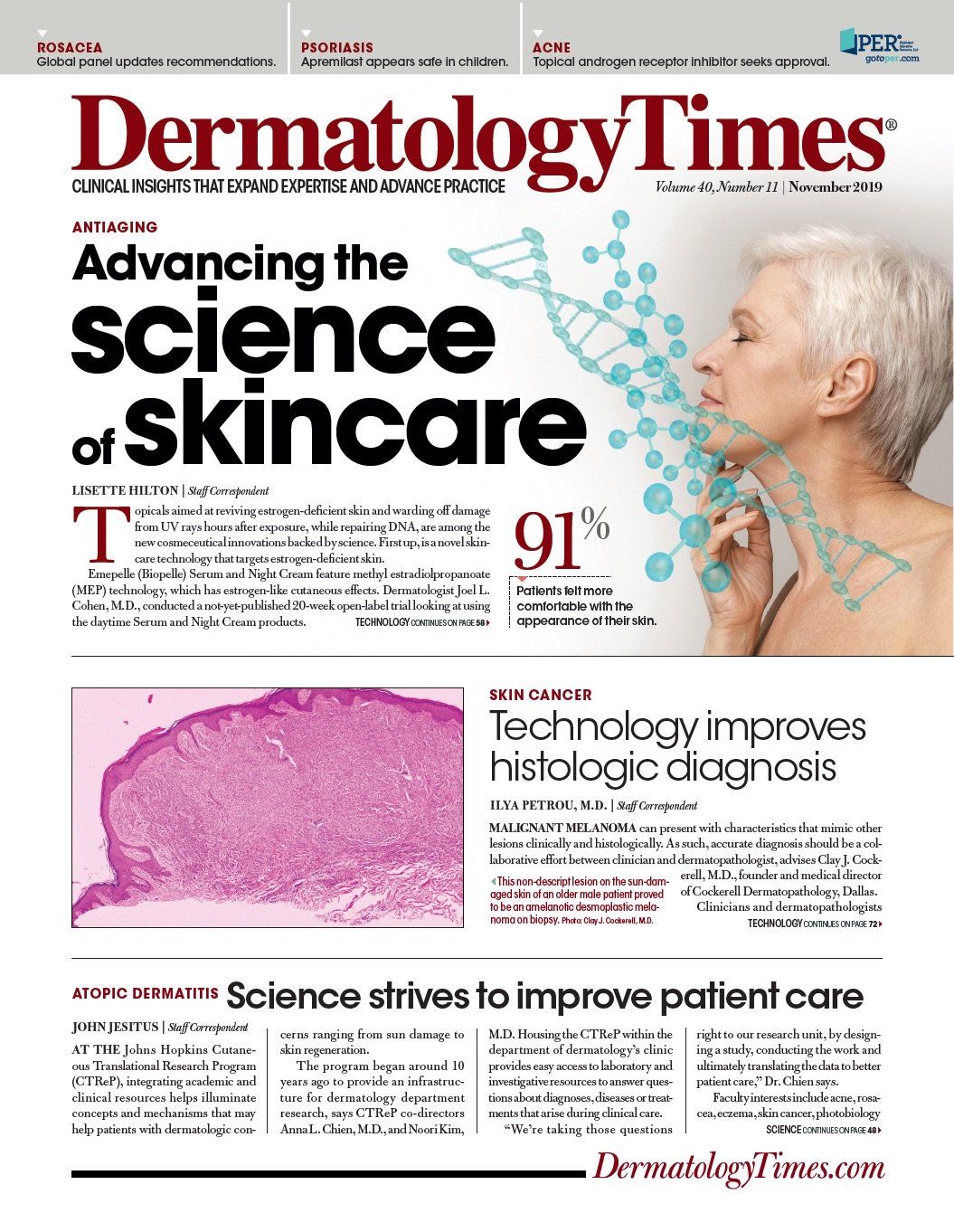
Newsletter
Like what you’re reading? Subscribe to Dermatology Times for weekly updates on therapies, innovations, and real-world practice tips.



